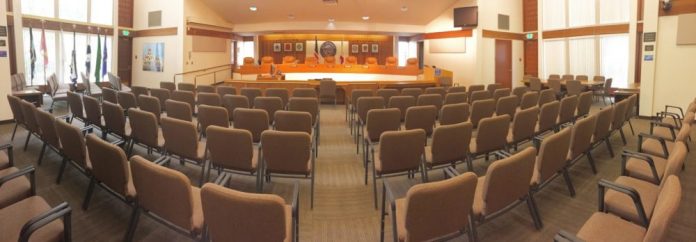In response to growing concerns about speeding and other traffic dangers in neighborhoods, the Gilroy City Council heard a plan for a new Neighborhood Traffic Management program Aug. 27.
The plan had originally been presented at a May 21 meeting, but adjustments were made following council’s request to expand on the document. Public Works Director Girum Awoke said the updated report allowed for “a more collaborative discussion.”
The program outlines two sets of measures that can be implemented to “calm” traffic on residential Gilroy streets, according to city traffic engineers.
The plan states the reason to use traffic-calming measures is to “alter a driver’s behavior, either by forcing a vehicle to slow or to use an alternative route, through use of engineering solutions and the installation of physical device.”
The first phase of calming measures includes traffic safety campaigns, speed monitors, police enforcement, some signage and changes in pavement striping.
Stop signs are not included in the calming measures. Awoke said this is because stop signs are considered a “volume control device” as opposed to a “calming” device. He said placing stop signs where they aren’t necessary can actually cause an increase in accidents if residents do not abide by the signs and instead speed through.
“If they aren’t wanted, stop signs could actually create the reverse problem,” said Awoke.
Awoke’s department has recommended one stop sign change: The council in October will be asked to make the busy intersection of Eigelberry and Sixth streets a four-way stop.
The second phase of the program includes traffic-calming measures that, according to the draft plan, “can be very controversial.” These include speed cushions, roundabouts, “chokers” and raised intersections.
Per the plan, neighborhoods must attempt to reduce traffic using phase one techniques before any phase two solutions can be explored. Phase two solutions are reserved for residential streets where nothing else has worked and something must be done to ease traffic.
There are many streets that are not eligible for any kind of phase two construction. These include streets used as bus or routes, or streets designated as arterials in the city’s general plan.
The plan states that a traffic-calming program requires ongoing community support in order to be successful, and that developing a program early allows residents “to become actively involved in the improvement process.”














